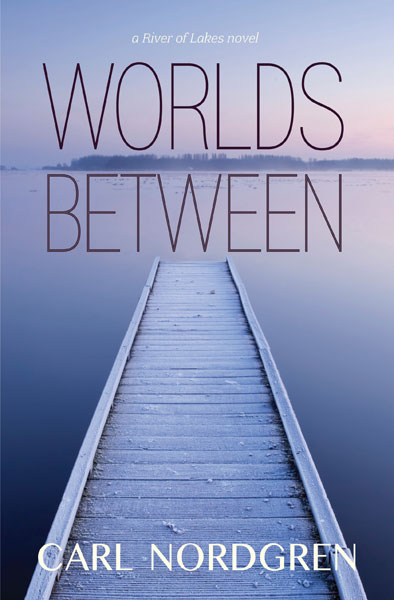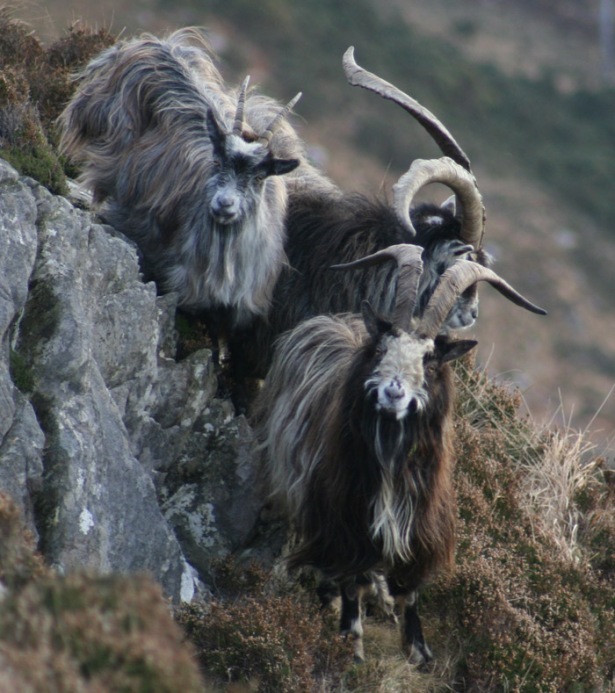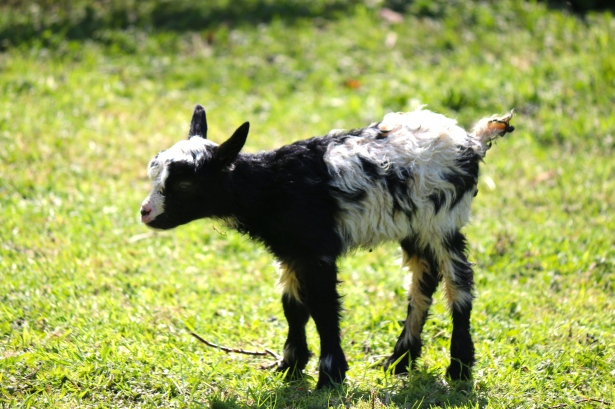Ireland, oh Ireland, how I love you so. A lovely land creates a loving people, and it was grand visiting you all again, and making so many new friends.
I just returned from a wonderful trip to the West of Ireland, 53 degrees North. My wife and I and our three daughters lived in Galway for a year in the late ’90’s. We became close friends with Eamon Howley and his family, and I reached out to Eamon when I realized a new character was emerging in the trilogy I’m working, and she was leading me to one of the few corners of the West that was unfamiliar to me. I needed to come for a visit.
Eamon runs BEM Ireland, one of the leading event and tour services in the West. One of his talents is to take a good idea and make it better and soon the trip was something more and soon the party was larger as another good friend and my brother-in-law, Mark Bowles, joined us.
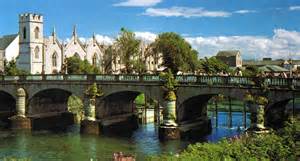
We began in Galway. Eamon introduced Mark and I to the right folks and I was invited to speak with National University of Ireland students about being more creative and Mark was celebrated by the local start-up community as he shared his knowledge and wisdom–Mark’s a very talented and successful entrepreneur.
After a couple of days (thanks for dinner, Trish) we left Galway heading north into County Mayo. Much of the action in the River of Lakes trilogy that occurs in Ireland takes place in County Mayo. In the second novel, ‘Worlds Between’–recently sent to my publisher in anticipation of a Fall ’15 release–Brian Burke and Maureen O’Toole have married and we meet their baby daughter, Grace O’Malley Burke. She has been named after the true pirate queen, Grace O’Malley, who lived in the 1500’s and was a last chieftan fighting against the Brits taking over their country.
Grace O’Malley is her English name, Gráinne Ní Mháille her Gaelic name, and Granuaile was her common name.
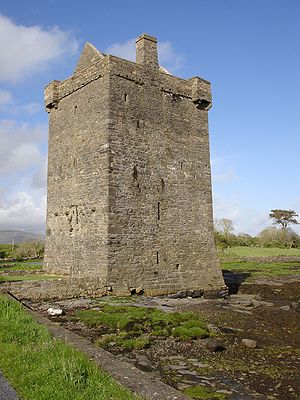
One of her favorite homes was Carrigahowley Castle, called Rockfleet Castle by the Brits. It sits at the end of Clew Bay, just north of Newport. In the third novel–working title ‘Grassy Narrows’–Grace O’Malley Burke is 14 and traveling to Ireland for the first time since she was 4. She feels compelled to visit the castle and standing alone at the parapets, she comes to understand the importance of her name and she makes a new claim as she leaves something important behind.
Eamon continued to work his magic so that when we arrived at the castle we were met by two new friends, the local historians Sean Carolan and Paul Harmon.
A perfect picture of our time with Paul and Sean: the castle has recently been padlocked, closed to the public, but Sean had the key to let us in.
Paul and I shared a fascination with Grace O’Malley and as we worked our way to the top of the four story castle–it’s a stone tower house, about 20 meters high, three big beds would nearly fill each floor–we swapped our favorite stories about her and Paul told me secrets about the castle I didn’t know. Paul’s company, Electric Escape, conducts ebike tours of the area and his story telling makes history come alive.
And Sean’s new interests come from a recent discovery that the small herds of ancient looking wilds goats found locally aren’t feral domesticate goats as had long been assumed, but are in fact ancient, a remnant population of prehistoric creatures. When I asked if I might have seen them one day when my family and I were hiking a low hill above Killary Harbor I learned that in fact that is where the other small herd lives–I too had assumed these were once domesticated goats reverting to older characteristics, something hogs are quick to do in the American South. Sean is volunteering his time to help care for the breeding population that has been captured and cared for that purpose, and invited us to join him the next day.
But first we dashed back south to Cong. Eamon had previously introduced ‘The 53rd Parallel’ to Gerry Collins, the owner of The Quiet Man Museum. Those of you who have read my first novel know that many key scenes occur in Cong during the filming of that movie–a key character is John Wayne’s body double, for instance. Gerry invited me to do a reading in front of the Museum, and the honor was mine. And he insisted that I coach his tour guides about the book, so they could reference as they might during their tours of movie locations.

We stayed at Michaeleen’s, the B&B Gerry runs with his wife, and the next morning another new friend came to meet us, Lisa Collins, Gerry’s daughter. She’s written a musical based on The Quiet Man and is hoping to see a first staging of it this summer. She sent me the script and I can’t wait to read it.
As we left for Westport House, to see the Old Irish Goat breeding operation, Gerry took me by the arm and said “I like the way you talk about us. Thank you.”
And then, this:
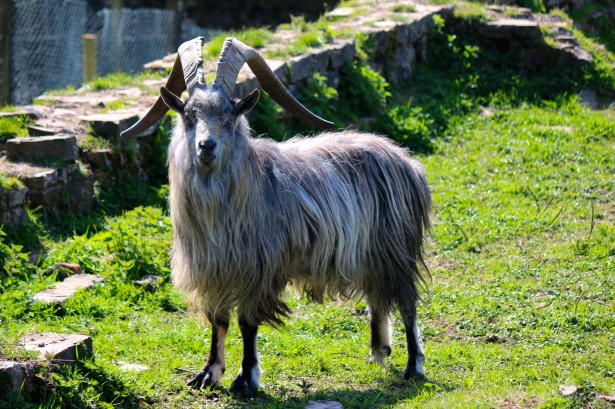
I can’t wait to find out where Grace O’Malley Burke leads me next.

